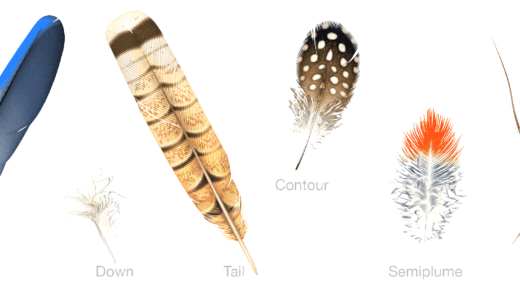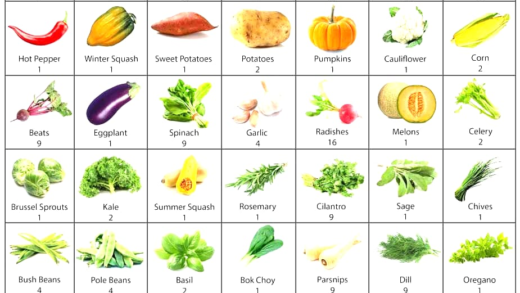The tsetse fly is a crucial vector for African sleeping sickness, primarily found in sub-Saharan Africa. Its life cycle involves a unique reproduction method that aids in disease transmission. Regions like the Democratic Republic of Congo and Uganda are heavily affected. Control measures include insecticide-treated targets and community education. To protect against bites, individuals are advised to wear light clothing and use insect repellent. Despite its negative impacts, the tsetse fly plays an important ecological role in its habitat.
What is a Tsetse Fly?
The tsetse fly is a unique insect found exclusively in Africa, recognized for its role as a vector of sleeping sickness. Characterized by its large size, prominent proboscis, and distinctive wing posture, the tsetse fly is a member of the Glossinidae family. It exhibits a brownish or greyish color, allowing it to blend into its natural habitat, which primarily consists of wooded areas and savannas.
Tsetse Fly Habitat in Africa
Tsetse flies inhabit various regions of Africa, particularly in countries located in sub-Saharan Africa. These insects prefer areas with dense vegetation, such as:
- Forested regions
- Savannas
- Near rivers and lakes
Specific countries heavily affected include Uganda, Kenya, Tanzania, and parts of the Democratic Republic of Congo. Their presence is closely linked to the availability of suitable hosts, primarily wild animals like antelopes and domesticated livestock, which they rely on for blood meals.
How Does the Tsetse Fly Feed on Blood?
The feeding mechanism of the tsetse fly is quite specialized. Using its long proboscis, the fly punctures the skin of its host to access blood, which serves as a vital nutrient source. This process involves:
- Locating a Host: Tsetse flies are attracted to movement, body heat, and carbon dioxide emitted by potential hosts.
- Feeding: Once a host is located, the fly inserts its proboscis to draw blood, which it requires for reproduction.
- Digesting Blood: After feeding, the tsetse fly digests the blood, utilizing nutrients to sustain its lifecycle.
This blood-feeding mechanism is crucial not only for the fly’s survival but also for the transmission of diseases such as African sleeping sickness.
What is African Sleeping Sickness?
African sleeping sickness, also known as human African trypanosomiasis, is a parasitic disease caused by the Trypanosoma brucei parasite, which is transmitted by the bite of the tsetse fly. This disease primarily affects populations in rural Africa, particularly in regions where the tsetse fly is prevalent. There are two forms of the disease: the West African form, caused by T. b. gambiense, and the East African form, caused by T. b. rhodesiense. Both forms can lead to severe health complications if left untreated.
Transmission of African Sleeping Sickness
The transmission of African sleeping sickness occurs when a tsetse fly bites a human or animal. During the feeding process, the fly injects the parasite into the bloodstream. The tsetse fly acts as a vector, facilitating the spread of the disease. Key points about transmission include:
- The tsetse fly is attracted to hosts through movement, heat, and carbon dioxide.
- Once bitten, the parasite enters the bloodstream and can multiply, leading to infection.
- Infection rates are higher in areas with dense tsetse fly populations, particularly in rural settings.
Without proper intervention, the disease can progress, leading to severe neurological symptoms and even death.
Symptoms of Human African Trypanosomiasis (HAT)
Symptoms of human African trypanosomiasis vary depending on the stage of the disease. Early symptoms may include:
- Fever
- Headaches
- Joint pains
- Itching
As the disease progresses, more severe symptoms develop, including:
- Neurological Symptoms: Confusion, changes in behavior, and disturbances in sleep patterns.
- Severe Fatigue: A profound sense of tiredness that affects daily activities.
- Coma: In advanced stages, patients may enter a coma, leading to life-threatening conditions.
Recognizing these symptoms early is crucial for effective treatment and management of the disease.
The Life Cycle of the Tsetse Fly
The tsetse fly has a fascinating life cycle that significantly impacts the spread of African sleeping sickness. The cycle begins with the female tsetse fly, which is viviparous, meaning it gives birth to live young instead of laying eggs. This unique trait allows the tsetse fly to produce fewer offspring but ensures higher survival rates. Here’s how the life cycle unfolds:
- Birth: A female tsetse fly gives birth to a single larva every 10-12 days, which she deposits on the ground.
- Pupa Stage: The larva burrows into the soil and transforms into a pupa. This stage lasts about 3-4 weeks, depending on environmental conditions.
- Adult Stage: The adult tsetse fly emerges from the pupa, ready to find a host for blood meals, which are essential for reproduction.
This life cycle plays a crucial role in the transmission of sleeping sickness, as the adults feed on the blood of various hosts, including livestock and humans, thus facilitating the spread of the Trypanosoma parasite.
Regions Most Affected by Sleeping Sickness
African sleeping sickness is predominantly found in sub-Saharan Africa, affecting numerous communities and posing significant public health challenges. The regions most impacted include:
- Democratic Republic of Congo: This country has the highest number of cases, particularly in rural areas.
- Uganda: Historically, Uganda has seen outbreaks, especially in the northern regions.
- Tanzania: The areas near Lake Victoria are notably affected.
- Kenya: Certain parts of western Kenya experience higher incidences due to tsetse fly populations.
- South Sudan: Ongoing conflicts have hindered control efforts, exacerbating the situation.
These regions are characterized by the presence of tsetse flies, which thrive in dense vegetation and are in close proximity to both wild and domestic animal populations.
Control Measures for Tsetse Fly Populations
Controlling tsetse fly populations is crucial for reducing the incidence of African sleeping sickness. Several strategies have been employed, including:
- Insecticide-Treated Targets: Placing targets that attract tsetse flies and are treated with insecticides helps reduce their numbers.
- Traps: Various trap designs capture flies effectively, lowering the population in affected areas.
- Environmental Management: Clearing bush and maintaining vegetation can reduce the habitats conducive to tsetse fly breeding.
- Education: Raising awareness among local populations about the risks of tsetse flies and how to avoid bites is essential.
Implementing these measures requires collaboration between governments, NGOs, and local communities to be effective.
Protecting Yourself from Tsetse Fly Bites
Preventing tsetse fly bites is vital, especially for those living in or visiting affected regions. Here are practical tips for protection:
- Wear Light-Colored Clothing: Tsetse flies are attracted to dark colors, so light clothing can help deter them.
- Use Insect Repellent: Apply repellents containing DEET or other effective ingredients to exposed skin.
- Avoid Areas with Dense Vegetation: Stay away from bushy and wooded areas where tsetse flies are more prevalent.
- Stay Indoors During Peak Hours: Tsetse flies are most active during the day, so limiting outdoor activities can reduce exposure.
By taking these precautions, individuals can significantly lower their risk of being bitten and contracting sleeping sickness.
The Ecological Role of the Tsetse Fly
The tsetse fly plays an essential role in the ecosystem, contributing to the balance of various species. Despite its negative reputation due to its association with sleeping sickness, it serves several ecological functions:
- Food Source: Tsetse flies are a food source for various predators, including birds and bats, helping maintain food webs.
- Influencing Animal Populations: By feeding on livestock and wild animals, tsetse flies can impact population dynamics, influencing grazing patterns.
- Research Importance: Studying tsetse flies provides insights into disease transmission, ecological interactions, and potential control strategies.
Understanding the ecological role of the tsetse fly is crucial for developing sustainable control measures and preserving biodiversity in affected regions.





Comments are closed.